Table of Contents
Come join us now, and enjoy playing your beloved music and browse through great scores of every level and styles!
Can’t find the songbook you’re looking for? Please, email us at: sheetmusiclibrarypdf@gmail.com We’d like to help you!
Carousel Waltz — from the Musical Carousel by Richard Rodgers (Piano Solo sheet music, Noten)

Carousel is the second musical from the team of Richard Rodgers (music) and Oscar Hammerstein II (book and lyrics). The 1945 work was adapted from Ferenc Molnár’s 1909 play Liliom, which transplanted its Budapest setting to the Maine coast.
Best Sheet Music download from our Library.
It is a love story between Billy Bigelow, the worker of a horse attraction and a miller, Julie Jordan, which puts their jobs in danger. In order to help Julie and her unborn child, he tries to pull off a robbery, which goes wrong. Despite everything, he is given the opportunity to do things right.
A secondary plot line deals with mill worker Carrie Pipperidge and her romance with ambitious fisherman Enoch Snow. The show includes the well-known songs ‘If I Loved You’, ‘June Is Bustin’ Out All Over’ and ‘Never Walk Alone’. Richard Rodgers later wrote that Carousel was his favorite of all his musicals.
After the spectacular success of Rodgers and Hammerstein’s early musicals, Oklahoma! (1943), the pair sought to collaborate on another piece, knowing that any resulting work would be compared to Oklahoma!, most likely unfavorably. Initially they were reluctant to seek the rights to Liliom; Molnár had refused permission to adapt the play in the past, and the original ending was considered depressing for musical theater.
Please, subscribe to our Library.
If you are already a subscriber, please, check our NEW SCORES’ page every month for new sheet music. THANK YOU!
After acquiring the rights, the team created a work with long music sequences and made the ending more hopeful.
The musical required considerable modification during out-of-town tryouts, but once it opened on Broadway on April 19, 1945, it was an immediate hit with critics and audiences. Carousel initially ran for around 890 performances and doubled its success in the West End in 1950. Although it has never achieved as much commercial success as Oklahoma!, the play has been repeated and recorded several times.
A production by Nicholas Hytner was successful in 1992 in London, in 1994 in New York and on tour. In 1999, Time magazine named Carousel the best musical of the 20th century.
Rodgers designed Carousel to be an almost continuous stream of music, especially in Act 1. In later years, Rodgers was asked if he had considered writing an opera. He stated that he had been sorely tempted to, but saw Carousel in operatic terms. He remembered, “We came very close to opera in the Majestic Theatre. … There’s much that is operatic in the music.”
| Artist or Composer / Score name | Cover | List of Contents |
|---|---|---|
| Beethoven – Piano concerto 4 (Theme Easy piano solo) |
 |
|
| Beethoven – Piano Concerto 4 (Theme Easy Piano Solo) (Musescore File).mscz | ||
| Beethoven – Piano Concerto No 4 in G Op 58 (arr. for 2 pianos) | Beethoven – Piano Concerto No 4 | |
| Beethoven – Sonata No 23 Op 57 (Appassionata) Piano Solo (Musescore File).mscz | ||
| Beethoven – Sonata No. 8 Op. 13 Pathétique (Musescore File).mscz | ||
| Beethoven – Sonata Pathétique arr. for Guitar (Piano Sonata no. 8 in C minor op. 13 ) | Beethoven – Sonata Pathétique arr. for Guitar (Piano Sonata no. 8 in C minor op. 13 ) | |
| Beethoven – Sonata Pathétique arr. for Guitar (Piano Sonata no. 8 in C minor op. 13 ).mscz | ||
| Beethoven – Sonate Op 111 – Arietta (Liszt) |
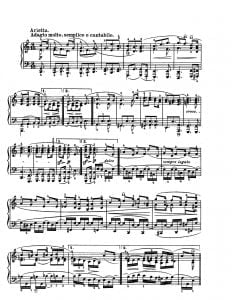 |
|
| Beethoven – Symphony n. 9 D 2H Pauer |
 |
|
| Beethoven – Symphony No. 5 (1st movement) Piano solo arr. |
 |
|
| Beethoven – Symphony No. 7 2nd Movement Piano Solo Arr. | Beethoven – Symphony No. 7 2nd Movement Piano Solo Arr. | |
| Beethoven – Symphony No. 9 3rd movement arr. for piano solo by Ernst Pauer | Beethoven – Symphony No. 9 3rd movement arr. for piano solo by Ernst Pauer | |
| Beethoven – The Beethoven Sonatas and the Creative Experience by Kenneth Drake |
 |
|
| Beethoven 2 cadenzas from Piano Concerto n 4 op 58 (arr. piano solo by Beethoven) | Beethoven 2 cadenzas from Piano Concerto n 4 | |
| BEETHOVEN ADAGIO from Piano Concerto Eb arr. piano solo |
 |
|
| Beethoven Analyse Pathetique | Beethoven Analyse Pathetique | |
| Beethoven by George Alexander Fischer (1905) Book |
 |
|
| Beethoven Duo For 2 Flutes Woo 26 (Musescore File).mscz | ||
| Beethoven Egmont Ouverture Piano solo Arr. Henselt |
 |
|
| Beethoven Egmont Overture Opus 84 piano solo | Beethoven Egmont Overture Opus 84 piano solo | |
| Beethoven Egmont Overture Opus 84 Piano Solo arr. sheet music | Egmont Overture Opus 84 Beethoven 1st page | |
| Beethoven Fantasia G Minor Op.77 |
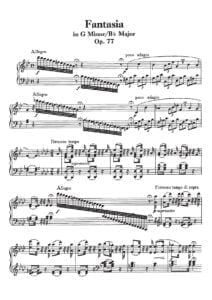 |
|
| Beethoven Fingerpicking For Guitar Solo with TABs |
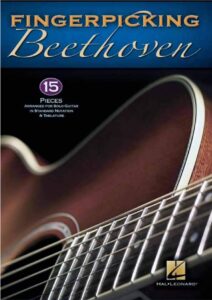 |
Beethoven Fingerpicking For Guitar Solo with TABs |
| Beethoven For Guitar Guitar Solo |
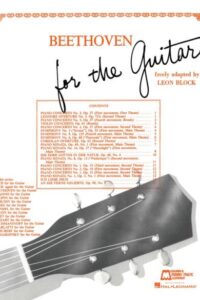 |
Beethoven For Guitar Guitar Solo |
| Beethoven His Spiritual Development by J.W.N. Sullivan (Book) 1936 |
 |
|
| Beethoven L.V. Op 68 SYMPHONY VI arr. for 2 pianos |
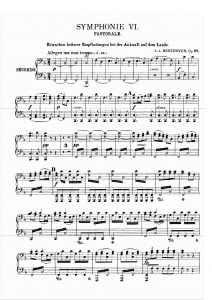 |
|
| Beethoven Leonore Overture No. 3 Piano Solo |
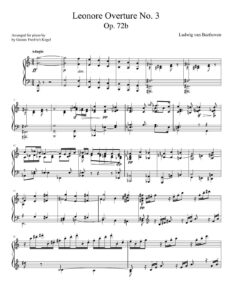 |
|
| Beethoven Leonore Overture No. 3 Piano Solo Musescore File.mscz | ||
| Beethoven Liszt 5th Symphony Piano Solo arr (Complete) |
 |
|
| Beethoven Liszt 5th Symphony Piano Solo arr.mscz | ||
| Beethoven Liszt – Symphony no. 9, 4th Movement Piano Solo arr. |
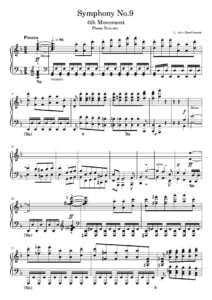 |
|
| Beethoven Liszt – Symphony No.9 4th Movement (Musescore File).mscz | ||
| Beethoven Liszt Marche Funebre |
 |
|
| Beethoven Liszt Symphony No. 9 – 1st Movement (S. 464) Piano Solo arr. | Beethoven_Liszt Symphony No. 9 – 1st Movement (S. 464) – Franz Liszt | |
| Beethoven Liszt Symphony No. 9 – 2nd Movement (S. 464) Piano Solo arr. | Beethoven_Liszt Symphony No. 9 – 2nd Movement (S. 464) – Franz Liszt | |
| Beethoven Moonlight Sonata 3rd Movement Guitar Tabs arr. | Beethoven Moonlight Sonata 3rd Movement Guitar Tabs arr. cover | |
| Beethoven Moonlight Sonata arranged by Jennifer Eklund with introduction |
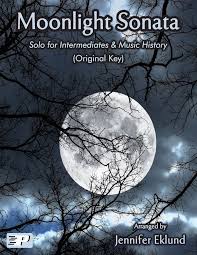 |
|
| Beethoven Pastoral Symphony (piano reduction) | Beethoven Pastoral Symphony (piano reduction) | |
| Beethoven Piano Book 10 Musical selections (easy piano) |
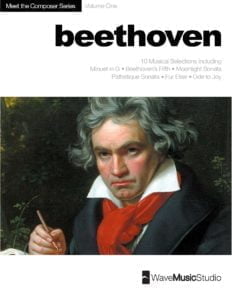 |
Beethoven Piano Book 10 Musical selections |
| Beethoven Piano Concerto 5 Piano Solo Reduction |
 |
|
| Beethoven Piano Concerto No 4 1st Movement (Arr For 2 Pianos) (Musescore File).mscz | ||
| Beethoven Piano Concerto No 4 3rd Mvmt (Arr For 2 Pianos) (Musescore File).mscz | ||
| Beethoven Piano Concerto No 4 Op 58 Piano Solo Reduction |
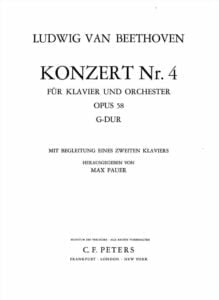 |
|
| Beethoven Piano Concerto No 5 (1st Movement) Arr For 2 Pianos (Musescore File).mscz | ||
| Beethoven Piano Concerto No 5 2nd Movement Fragment (Piano Solo) (Musescore File).mscz | ||
| Beethoven Piano Concerto No. 4 1st Movement Arr. For 2 Pianos |
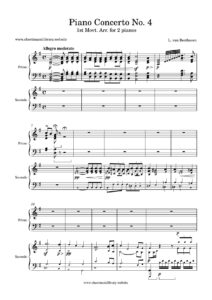 |
|
| Beethoven Piano Concerto No. 4 1st Movement Arr. For 2 Pianos.mscz | ||
| Beethoven Piano Concerto No. 4 3rd Movement Arr. For 2 Pianos |
 |
|
| Beethoven Piano Concerto No. 4 3rd Movement Arr. For 2 Pianos.mscz | ||
| Beethoven Piano Sonata No.17 “tempest” 1st Movt. (Musescore File).mscz | ||
| Beethoven Pianoforte Sonatas A Guide For Students And Amateurs By Edwin Fischer (Book) |
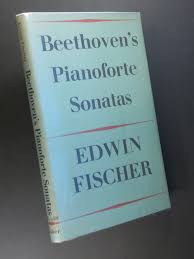 |
Beethoven Pianoforte Sonatas A Guide For Students And Amateurs By Edwin Fischer (Book) |
| Beethoven Selected Piano Works |
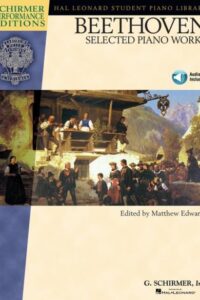 |
Beethoven Selected Piano Works |
| Beethoven Sonata Op 49 No 2 (Musescore File).mscz | ||
| Beethoven Sonate No 8 “pathétique” Op. 13 1st Movement (Musescore File).mscz | ||
| Beethoven Symphony No 5 (1st Movement) Piano Solo (Musescore File).mscz | ||
| Beethoven Symphony No 6 Pastoral (1st Movement) Piano Solo (Musescore File).mscz | ||
| Beethoven Symphony No 6 Pastoral (3rd Movement) Piano Solo (Musescore File).mscz | ||
| Beethoven Symphony No 6 Pastoral (4th Movement) Piano Solo (Musescore File).mscz | ||
| Beethoven Symphony No 6 Pastoral (5th Movement) Piano Solo(1) (Musescore File).mscz | ||
| Beethoven Symphony No 7 (2nd Movement) Piano Solo (Musescore File).mscz | ||
| Beethoven Symphony No 9 (1st Movement) Piano Solo (Musescore File).mscz | ||
| Beethoven Symphony No 9 (2nd Movement-Scherzo) Piano Solo (Musescore File).mscz | ||
| Beethoven Symphony No. 5 (1st Movement) Piano Solo (Musescore File).mscz | ||
| Beethoven Symphony No. 6 Pastoral (2nd Movement) Piano Solo (Musescore File).mscz | ||
| Beethoven Symphony No. 6 Pastoral 2nd Movement (Musescore File).mscz | ||
| Beethoven Symphony No. 7 2nd Movement Piano Solo Arr. (Musescore File).mscz | ||
| Beethoven Symphony No.6 Op.68 piano solo arr. by Liszt |
 |
|
| BEETHOVEN The Complete Variations For Piano Solo |
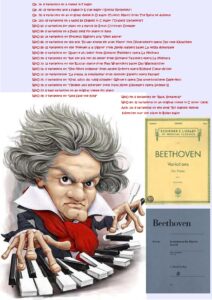 |
BEETHOVEN The Complete Variations For Piano Solo_compressed |
| Beethoven Variations and Fugue in E-flat major (Eroica Variations) Op. 35.mscz | ||
| Beethoven Virus Jazz |
 |
|
| Beethoven_Liszt Symphony No. 9 – 1st Movement (S. 464) – Franz Liszt Piano Solo arr.mscz | ||
| Beethoven_Liszt Symphony No. 9 – 2nd Movement (S. 464) – Franz Liszt Piano Solo arr.mscz | ||
| Beethoven_Symphony_No._9_3rd_movement_for_piano_solo.mscz | ||
| Beethoven- Liszt Symphony no. 6 Pastorale piano solo arr. |
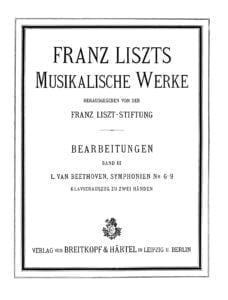 |
|
| Beethoven-Liszt Symphony 9 Choral (arr. for piano) |
 |
|
| Beethoven-Ludwig-van – Sonaten alle complete Band 1 (1-15) |
 |
|
| Beethoven-Ludwig-Van – Sonaten Alle Complete Band 2 (16-32) |
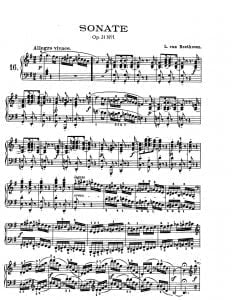 |
|
| Beethoven-Moszkowski – Emperor piano solo Transcription |
 |
|
| Beethoven’s 32 Piano Sonatas A Handbook For Performers (BOOK) |
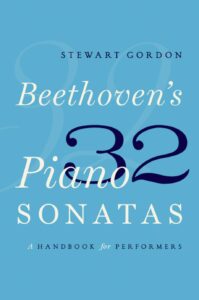 |
|
| Beethoven’s Arrangements For Solo Piano Of The 9 Symphonies By E. Pauer |
 |
|
| Beethoven’s Last Piano Sonatas, Piano Sonata In A Major, Op. 101 An Edition With Elucidation, Volume 4 |
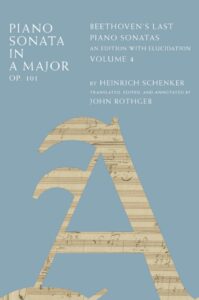 |
|
| Beethoven’s Last Piano Sonatas, Piano Sonata In E Major, Op. 109 An Edition With Elucidation, Volume 1 |
 |
|
| Beetlejuice – Obituaries – Danny Elfman | Beetlejuice – Obituaries – Danny Elfman | |
| Beetlejuice The Musical The Musical The Musical Vocal Selections by Eddie Perfect |
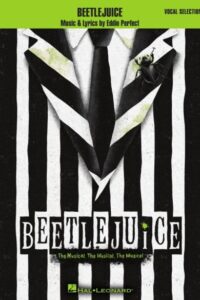 |
Beetlejuice The Musical The Musical The Musical Vocal Selections by Eddie Perfect |
| Beetlejuice Theme – Danny Elfman |
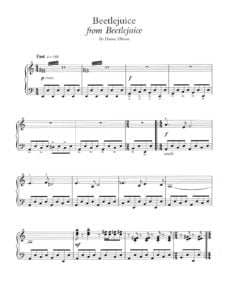 |
|
| Beetoven – Klaviersonate Nr. 14 Mondscheinsonate (Piano Sonata No. 14 Moonlight) 3rd Mov. (Musescore File).mscz | ||
| Beggar’s Holiday Duke Ellington Broadway Musical Beggars Holiday The Only Broadway Musical Piano Vocal Score |
 |
Beggar’s Holiday Duke Ellington Broadway Musical Beggars Holiday The Only Broadway Musical Piano Vocal Score |
| Beginning Gospel For Piano Easy Piano |
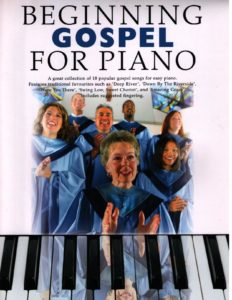 |
Beginning Gospel For Piano Easy Piano |
| Beginning Jazz Guitar The Complete Jazz Guitar Method by Jody Fisher (with audio MP3 audio tracks and Tablature) |
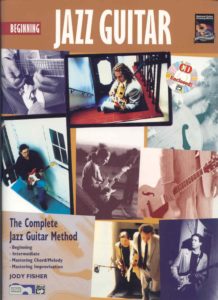 |
Beginning Jazz Guitar |
| Beginning Solo Guitar Merry Christmas with Tablature |
 |
Beginning Solo Guitar Merry Christmas |
| Béla Bartók Romanian Folk Dances Sz. 56 Piano Solo Sheet Music |
 |
|
| Bela Bartok – Music For Strings, Percussion And Celesta Sz. 106 (Piano Transcription) | Bela Bartok – Music For Strings, Percussion And Celesta Sz. 106 (Piano Transcription) | |
| Béla Bartók An Analysis Of His Music (Book) By Ernö Lendvai |
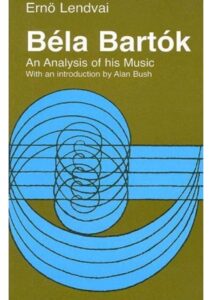 |
|
| Bella Ciao – As Performed In La Casa De Papel (Traditional Italian Anti-Fascist Song) (Musescore File).mscz | ||
| Bella Ciao (As performed in La Casa de Papel – Money Heist) Traditional Italian song (Anti-fascist) | Bella Ciao | |
| Bella Ciao Ukulele with Tablature TABs | Bella Ciao Ukulele with Tablature TABs | |
| Bella gioventù (Renato Zero) | ||
| Bella’s Lullaby (Carter Burwell) | ||
| Belle OST – A Million Miles Away by Rachel Portman |
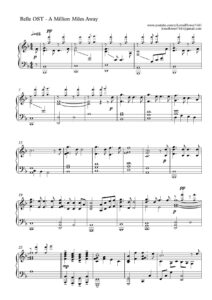 |
|
| Bellini Casta Diva (piano) | Bellini-CastaDiva | |
| Bellini – Casta diva (Norma) Easy Piano Solo arr. |
 |
|
| Bellini – Casta Diva (Norma) Easy Piano Solo Arr. (Musescore File).mscz | ||
| Bellini – Norma Casta Diva arr. piano solo |
 |
|
| Beltrami, Marco – The Giver – Rosemary’s Piano |
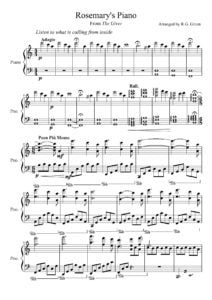 |
|
| Ben (Michael Jackson) | ||
| Ben E King – Stand By Me | ||
| Ben E. King Stand By Me Piano Vocal |
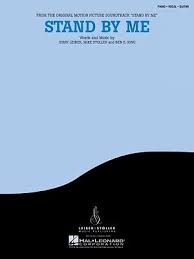 |
|
| Ben Folds – Annie Waits | ||
| Ben Folds – Brick | ||
| Ben Folds – Carrying Cathy | ||
| Ben Folds – Effington (Solo) |
 |
|
| Ben Folds – Fired | ||
| Ben Folds – Gone | ||
| Ben Folds – Losing Lisa | ||
| Ben Folds – Not The Same | ||
| Ben Folds – Rockin The Suburbs | ||
| Ben Folds – Still Fighting It | ||
| Ben Folds – The Luckiest | ||
| Ben Folds – Zak And Sara | ||
| Ben Harper – Fight For Your Mind (Songbook) (Ben Harper) Guitar TABs |
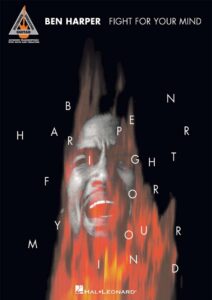 |
Ben Harper – Fight For Your Mind (Songbook) (Ben Harper) Guitar TABs |
| Ben Webster – Better Go The Quintet Studio Sessions |
 |
|
| Ben Webster – Solo on Solitude By Duke Ellington | Ben Webster – Solitude By Duke Ellington | |
| Ben Webster – Someone to Watch Over Me The Life and Music of Ben Webster (Jazz Perspectives) (Frank Buchmann-Moller) Book |
 |
|
| Ben Webster Stormy Weather – (solo Tenor Sax)I Cant Get Started | Ben Webster Stormy Weather – (solo Tenor Sax)I Cant Get Started | |
| Benjamin Waldmann Circles |
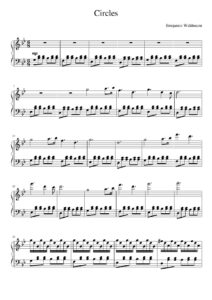 |
|
| Benjamin, Georges 1960 Fantasy On Iambic Rhythm Study for solo paino |
 |
|
| Benny Carter Vol 87 – When Lights Are Low – Play Along with MP3 audio tracks |
 |
Benny Carter Vol 87 – When Lights Are Low – Play Along with MP3 audio tracks |
| Benny Golson Stablemates (Lead Sheet) | Stablemates (Lead Sheet) sample | |
| Benny Golson Stablemates (Piano Solo Transcription) | Stablemates (first page) | |
| Benny Golson Genius Of Benny Golson (Transcriptions) |
 |
Benny Golson Genius Of Benny Golson (Transcriptions) |
| Benny Goodman Clarinet Method |
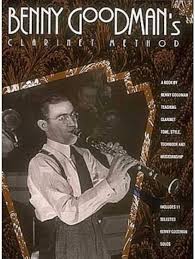 |
|
| Benny Goodman Clarinet Solos Jazz Transcriptions By Stan Ayeroff (Jazz Masters) |
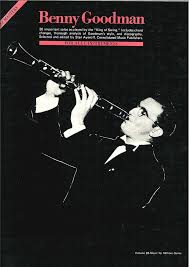 |
Benny Goodman Clarinet Solos Jazz Transcriptions By Stan Ayeroff (Jazz Masters) |
| Benny Hill Show Theme (Yakety Sax) by Randy Randolph and James Rich |
 |
|
| Benny Hill Show Theme (Yakety Sax) By Randy Randolph And James Rich (Musescore File).mscz | ||
| Bepi De Marzi Signore Delle Cime Piano Solo Arr. |
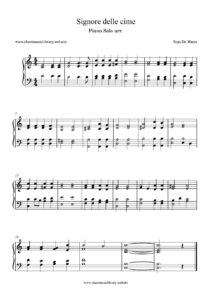 |
|
| Berens 50 Piano Pieces For Beginners, Op 70 |
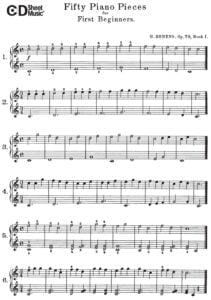 |
|
| Berens – 20 Children Studies, op 79 |
 |
|
| Berens – 50 Piano Pieces for Beginners, op 70 |
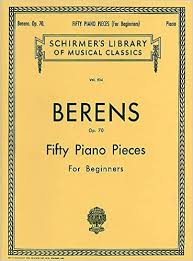 |
|
| Berens – The School of Scales Chords & Embellishments Op 88 | Berens scales op 88 | |
| Berens – Training of the Left Hand, op 89 | Berens – Training of the Left Hand, op 89 | |
| Berio, Luciano – Folk songs (Full Score) |
 |
|
| Berio, Luciano – Gesti (score) |
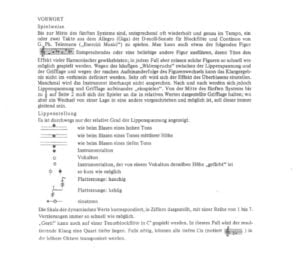 |
|
| Berio, Luciano – Sequenza IXb-sax alto |
 |
|
| Berio, Luciano – Sequenza VII for Oboe |
 |
|
| Berklee Harmony 1 by Barrie Nettles |
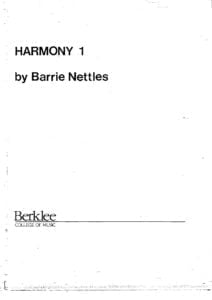 |
|
| Berklee Harmony 1 by Barrie Nettles (Español) | Berklee Harmony 1 by Barrie Nettles (Español) | |
| Berklee Harmony 2 by Barrie Nettles |
 |
|
| Berklee Harmony 3 by Barrie Nettles |
 |
|
| Berklee Harmony 4 by Barrie Nettles |
 |
|
| Berklee Music Theory 2 |
 |
Musical numbers
| Act I “The Carousel Waltz” – Orchestra “You’re a Queer One, Julie Jordan” – Carrie Pipperidge and Julie Jordan “(When I Marry) Mister Snow” – Carrie “If I Loved You” – Billy Bigelow and Julie “June Is Bustin’ Out All Over” – Nettie Fowler and Chorus “(When I Marry) Mister Snow” (reprise) – Carrie, Enoch Snow and Female Chorus “When the Children Are Asleep” – Enoch and Carrie “Blow High, Blow Low” – Jigger Craigin, Billy and Male Chorus “Soliloquy” – Billy | Act II “This Was a Real Nice Clambake” – Carrie, Nettie, Julie, Enoch and Chorus “Geraniums in the Winder” – Enoch * “There’s Nothin’ So Bad for a Woman” – Jigger and Chorus “What’s the Use of Wond’rin’?” – Julie “You’ll Never Walk Alone” – Nettie “The Highest Judge of All” – Billy Ballet: “Billy Makes a Journey” – Orchestra “If I Loved You” (reprise) – Billy Finale: “You’ll Never Walk Alone” (reprise) – Company |
Rodgers uses music in Carousel in subtle ways to differentiate characters and tell the audience of their emotional state.
In “You’re a Queer One, Julie Jordan”, the music for the placid Carrie is characterized by even eighth-note rhythms, whereas the emotionally restless Julie’s music is marked by dotted eighths and sixteenths; this rhythm will characterize her throughout the show. When Billy whistles a snatch of the song, he selects Julie’s dotted notes rather than Carrie’s.
Reflecting the close association in the music between Julie and the as-yet unborn Louise, when Billy sings in “Soliloquy” of his daughter, who “gets hungry every night”, he uses Julie’s dotted rhythms. Such rhythms also characterize Julie’s Act 2 song, “What’s the Use of Wond’rin’”.
The stable love between Enoch and Carrie is strengthened by her willingness to let Enoch not only plan his entire life, but hers as well. This is reflected in “When the Children Are Asleep”, where the two sing in close harmony, but Enoch musically interrupts his intended’s turn at the chorus with the words “Dreams that won’t be interrupted”.
Rodgers biographer Geoffrey Block, in his book on the Broadway musical, points out that though Billy may strike his wife, he allows her musical themes to become a part of him and never interrupts her music.
Block suggests that, as reprehensible as Billy may be for his actions, Enoch requiring Carrie to act as “the little woman”, and his having nine children with her (more than she had found acceptable in “When the Children are Asleep”) can be considered to be even more abusive.
The twelve-minute “bench scene”, in which Billy and Julie get to know each other and which culminates with “If I Loved You”, according to Hischak, “is considered the most completely integrated piece of music-drama in the American musical theater”.
The scene is almost entirely drawn from Molnár and is one extended musical piece; Stephen Sondheim described it as “probably the single most important moment in the revolution of contemporary musicals”. “If I Loved You” has been recorded many times, by such diverse artists as Frank Sinatra, Barbra Streisand, Sammy Davis Jr., Mario Lanza and Chad and Jeremy.
The D-flat major theme that dominates the music for the second act ballet seems like a new melody to many audience members. It is, however, a greatly expanded development of a theme heard during “Soliloquy” at the line “I guess he’ll call me ‘The old man’ “.
When the pair discussed the song that would become “Soliloquy”, Rodgers improvised at the piano to give Hammerstein an idea of how he envisioned the song. When Hammerstein presented his collaborator with the lyrics after two weeks of work (Hammerstein always wrote the words first, then Rodgers would write the melodies), Rodgers wrote the music for the eight-minute song in two hours.
“What’s the Use of Wond’rin’ “, one of Julie’s songs, worked well in the show but was never as popular on the radio or for recording, and Hammerstein believed that the lack of popularity was because he had concluded the final line, “And all the rest is talk” with a hard consonant, which does not allow the singer a vocal climax.
Irving Berlin later stated that “You’ll Never Walk Alone” had the same sort of effect on him as the 23rd Psalm. When singer Mel Tormé told Rodgers that “You’ll Never Walk Alone” had made him cry, Rodgers nodded impatiently. “You’re supposed to.” The frequently recorded song has become a widely accepted hymn.
The cast recording of Carousel proved popular in Liverpool, like many Broadway albums, and in 1963, the Brian Epstein-managed band, Gerry and the Pacemakers had a number-one hit with the song. At the time, the top ten hits were played before Liverpool F.C. home matches; even after “You’ll Never Walk Alone” dropped out of the top ten, fans continued to sing it, and it has become closely associated with the soccer team and the city of Liverpool.
A BBC program, Soul Music, ranked it alongside “Silent Night” and “Abide With Me” in terms of its emotional impact and iconic status.
Browse in the Library:
Or browse in the categories menus & download the Library Catalog PDF:
